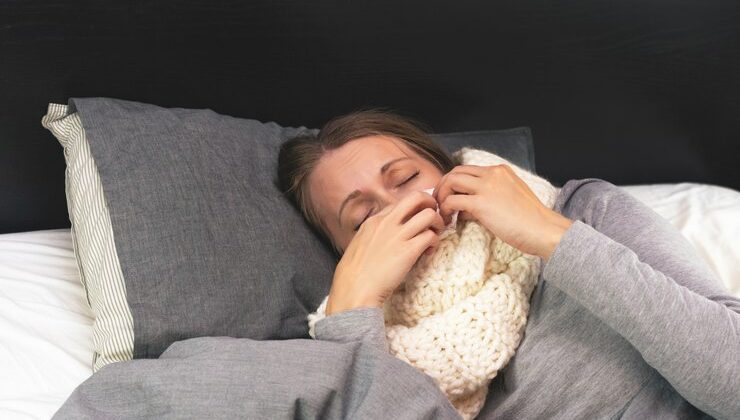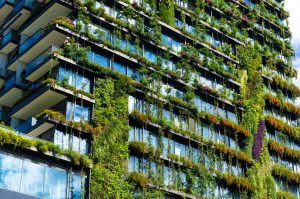
Introduction
Factors Leading the March
-
Environmental Consciousness: Increasing awareness of environmental issues and the need for sustainable development has led to a growing demand for green buildings in India. Homebuyers and tenants are increasingly seeking environmentally friendly properties that minimize their carbon footprint and promote a healthier living environment.
-
Government Regulations and Incentives: The Indian government has implemented various regulations and incentives to promote green building practices. Initiatives such as the Green Rating for Integrated Habitat Assessment (GRIHA) and the Leadership in Energy and Environmental Design (LEED) certification have encouraged developers to adopt sustainable construction practices. Additionally, tax benefits and subsidies are provided to developers who incorporate green features into their projects.
-
Cost Savings: Sustainable buildings offer long-term cost savings through reduced energy consumption, water conservation, and lower maintenance costs. Energy-efficient designs, renewable energy systems, and water-saving technologies help reduce operational expenses, making green buildings financially attractive to developers and occupants.
-
Market Demand and Competitive Advantage: The market demand for sustainable properties is on the rise, driven by environmentally conscious consumers and corporate tenants. Green buildings not only align with the values of these stakeholders but also provide a competitive advantage for developers. Sustainable features and certifications enhance the marketability and value of properties, attracting a wider pool of buyers and tenants.
-
Health and Well-being: Sustainable buildings prioritize occupant health and well-being by incorporating features such as improved indoor air quality, natural lighting, and green spaces. These factors contribute to a healthier and more productive living and working environment, making sustainable properties highly desirable.

Conclusion
Visual Table for Key Points:
| Key Points | Explanation |
|---|---|
| Regulatory Influences | Government initiatives and norms propelling the green building revolution |
| Cost Benefits | The economic viability and financial advantages of sustainable construction |
| Technological Advancements | Innovations that are transforming the landscape of green building |
| Architectural Showcases | Noteworthy projects exemplifying sustainable design |
| Consumer Awareness | The growing demand for sustainable homes and properties |
| Impact on Well-being | How green buildings enhance health and quality of life |
| Investor Outlook | The financial prospects and returns in the green real estate market |
| Challenges and Solutions | Navigating potential hurdles in sustainable construction |
| Future Trends | Anticipating evolving trends and opportunities in green real estate |
Organic Keyword Usage
Seamlessly incorporate keywords like “green building norms,” “sustainability in real estate,” and relevant industry terms organically throughout the article.
Introduce the Knowledge Source
Our featured expert, Dr. Aisha Patel, is a distinguished architect and sustainability advocate with extensive knowledge of green building practices in India. With a Ph.D. in Environmental Architecture and numerous publications, Dr. Patel provides invaluable insights into the sustainability revolution in India’s real estate sector.
Intriguing Introduction
Meet our accomplished author, Sanjay Singh, a seasoned real estate strategist with a passion for sustainable development. With over two decades of experience, he takes you on a comprehensive journey through the transformative impact of green building norms on India’s real estate landscape. Join us in exploring the factors propelling this revolutionary march towards sustainability.










